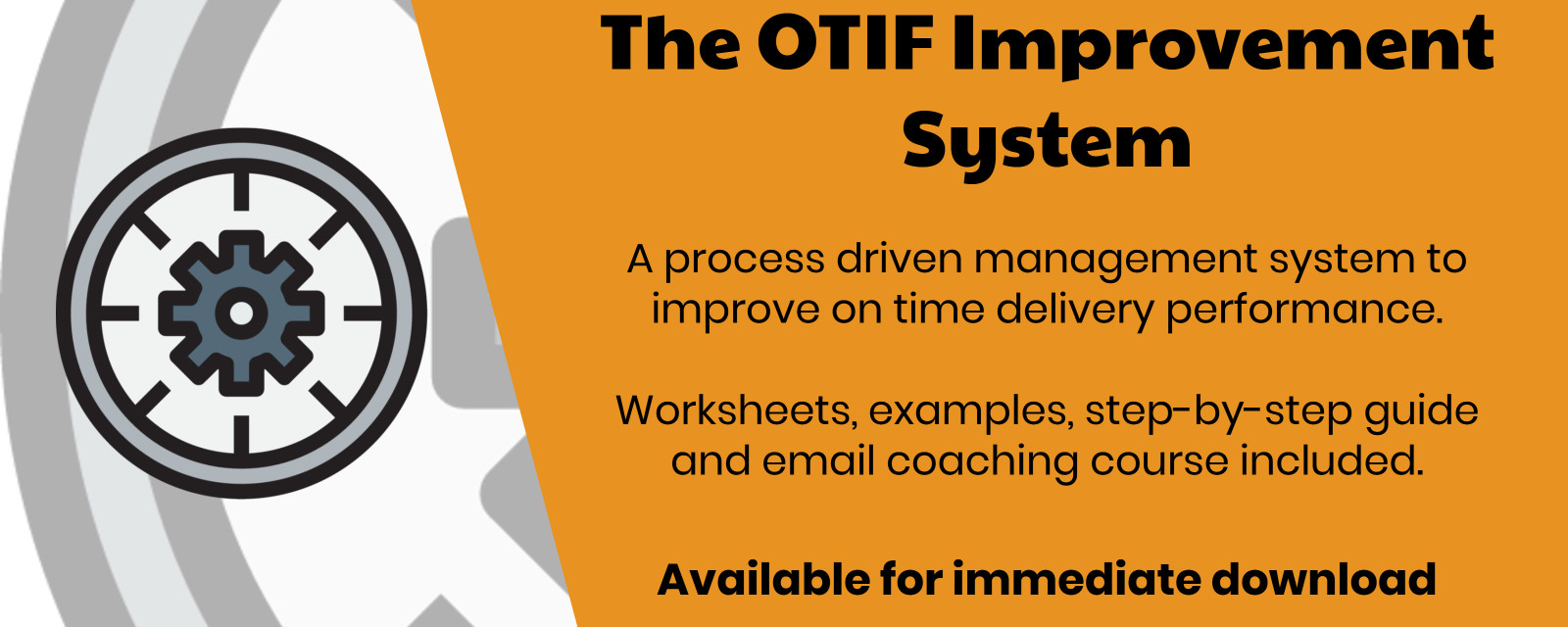Whilst working with businesses that are looking to deliver on time more easily (delivering on time with blood, sweat and tears is not sustainable), I often see tell-tale signs of what needs to be improved.
This article looks at seven of these mistakes, that hopefully you can avoid too.
Do you get caught out by lower capacity during holiday periods?
This shouldn’t be a big surprise to any business that allows their staff to take holidays during the school holiday periods. It was this issue that prompted me to write this article as I have recently had a number of phone calls from potential clients about their computer systems related to this matter. They had failed to model their capacity inline with their holiday expectations.
A 20% reduction of available staff is a good rule of thumb during these holiday intense periods (compared to non-holiday periods). Factoring in your holiday periods more accurately to your capacity model will allow for more effective scheduling of services / projects/ production and less hassle meeting on time delivery commitments.
There are a number of factors that help define your business’ capacity model, if you need help with this then check out The OTIF Improvement System.
Do you monitor the ‘health’ of the final step in your process?
Returning the comment about ‘blood, sweat and tears’, monitoring the final step in your process is a good way to understand how easily your organisation is performing with regards to on time delivery. Your business can deliver its products and services on time and still have varying levels of stress running through it.
If you find that the first steps in the process are relatively relaxed and that the levels of stress and strain increase as you progress through each step in the process, then you will have a quick indicator of how effective your overall system is at delivering on time.
Understanding any failings during each process step will point you in the right direction to improve. A conversation with the person that supervises the final step is also a quick way to find some issues for further investigation.
The health of the final step in your process is a good indicator of the health of the overall system.

Is the first step in your ‘delivery’ process getting monitored and measured?
Looking at the opposite end of the delivery process, how frequently do your team monitor and measure the performance of the first step? Failure to start on time is a difficult issue to overcome later in the process.
Redistributing your resources so that your first process step starts on time is a good experiment to conduct in your business. Of course, don’t put your business at risk trying to do this but see if you can positively affect your on time delivery performance by making this one small change.
Do your team get ‘faked out’ by on time delivery metrics?
I have met many teams over the years that have different ways of measuring performance. These methods ranged from guessing to measuring only part of the way through their process (yes, not even looking at the final step of the process in any meaningful way!).
One of the conflicts that I see on a regular basis is that between the OTIF (On Time In Full) and DSA (Delivery Schedule Adherence) approaches. OTIF works on the basis that you have to deliver all of your order on the right day / time in order to score your points. DSA works on the percentage of items that have been delivered (in each order) on time.
It is far easier to achieve a DSA score of 98% than it is for OTIF.
That is my point; if your team are settling for a DSA type score then they might be settling for a poorer performance. My advice, if you are in this position, is to take the hit and work with the more difficult score. From there you can develop your action plan and improve OTIF with an appropriate sense of perspective.
During one of my operations management roles I did this same conversion and the performance of our factory appeared to drop from 76% to 22%. We didn’t drop our performance, we became realistic about the level of service we were giving our customers!

Are your team neglecting the housekeeping of your ERP system?
Most businesses drive off a computer system of one sort or another to manage their order books. Most manufacturing companies use an ERP (Enterprise Resource Planning) type system to carry out this function. Whatever the system is that you use in your business it will need to be regularly looked after, especially from a data standpoint.
The signal that something is wrong with the data in the system, or its configuration, is that spreadsheets (or worse,handwritten lists) appear to replace functions that can be provided by the system. Identifying these issues and working them backwards to their source is a good way to find the improvement opportunities and improving the function and performance of your computer system.
Unless there is something fundamentally wrong with your computer system, I recommend that you follow these breadcrumbs and tackle the issues on a case by case basis. If, after a while, you spot some generic failings in your business then be sure to tackle those too.
When you spend less time on your system workarounds you will have more time to work on the correct process activities that will further drive up your business’ on time delivery performance.
Does your team have an effective routine?
Leading on from the last point, many teams balk at the idea of having a routine to define parts of their working day(or week or month). Routines are often associated with school children and therefore not something that grown ups do (yes, this is the reaction I often get from businesses that are struggling – not just with their on time delivery performance). A good routine helps to synchronise teams, improve clarity about process supporting activities and makes managing the whole affair a lot easier.
It is really easy to develop a routine for your business and a good place to start is to look at where your crises appear from.
If you experience a crisis then there is a good chance that it appeared because of another activity not having taken place in a timely fashion previously. If you can identify these failings then you have the beginnings of your routine. Adding other factors to your routine can make it become a core business document. These additions could include responsibility, deliverables and reference to your Standard Operating Procedures.
Avoiding crises is a good way to stop wasting resources and direct them instead toward business building activities.
Do you plan on there being 35 days in a month?
The last point I want to share in this article is related to many of the other points I have raised during the first six points. Here it is…
The more frequently you measure your on time delivery position the more likely it is that you will deliver on time.
Whatever you deliver, there is a good chance that your financial systems will measure the performance in accounting periods of some kind. For many this is correlated to the working month. Looking at the month is fine, but as long as the performance of each day is still considered and managed.
Having the end of the month as your sole focus can build in a buffer at the start of the month to your efforts and give the team a false sense of security (“Phew, we got out of last month’s output, let’s catch our breath!”). Long lead time projects are similar and so are exam revision periods at school. If it is perceived that there is going to be a longtime before a performance is to be evaluated many people will make the most of this gap to take their foot off the pedal.
Enlightened teams will use this period to steadily work their way through the orders / projects / tasks they have to deal with. Taking this route will allow you to avoid hoping that there are 35 days in a month (as one struggling client told me!); output will be clearer and more easily manageable. If each day is successful then you will be able to work toward successful weeks, months and years.
If you tie this final approach in with having an effective routine, a fully functioning computer system, an effective on time start, a stress-free finish, an effective capacity model and a realistic view of your performance, then you have a potent mix to improve your on time delivery performance.
0,The OTIF Improvement System